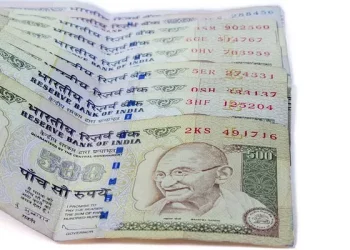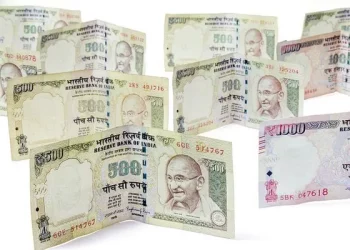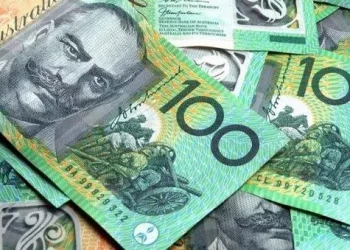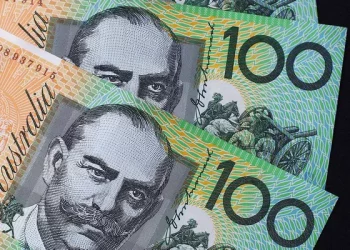In today’s interconnected global economy, the ability to understand and convert currencies is crucial for financial professionals, investors, and travelers alike. This article delves into the conversion of 10,000 Indian Rupees (INR) into United States Dollars (USD), providing a thorough examination of the factors influencing currency exchange rates, historical context, and practical implications. By analyzing the current exchange rates, historical trends, and economic factors, this article aims to offer a detailed perspective on how much 10,000 INR is worth in USD and what this means in a broader financial context.
Current Exchange Rate Overview
To determine the value of 10,000 INR in USD, one must first understand the prevailing exchange rate between the Indian Rupee and the United States Dollar. Exchange rates fluctuate due to a myriad of factors including economic conditions, geopolitical events, and market sentiment. As of the most recent data, the exchange rate is approximately 1 INR = 0.012 USD. Therefore, to convert 10,000 INR to USD, one would multiply 10,000 by 0.012, resulting in an approximate value of 120 USD.
Factors Influencing Exchange Rates
Several factors impact the exchange rate between INR and USD, including interest rates, inflation, and economic stability. Central banks play a crucial role in influencing exchange rates through monetary policy decisions. For example, if the Reserve Bank of India (RBI) adjusts interest rates, it can affect the INR’s value relative to the USD. Similarly, inflation rates in India and the United States can alter purchasing power and impact exchange rates.
See Also: Is There a 100 Rupee Coin in India?
Additionally, geopolitical events and economic indicators such as GDP growth, trade balances, and fiscal policies contribute to exchange rate fluctuations. A stable economy and favorable trade conditions generally lead to a stronger currency, whereas economic instability can weaken it.
Historical Exchange Rate Trends
Understanding historical exchange rate trends provides context for the current value of 10,000 INR in USD. Historically, the INR has experienced fluctuations against the USD due to various economic and political factors. In the early 2000s, the exchange rate was significantly different from today’s rate, reflecting changes in economic conditions and monetary policies over the years.
For instance, in 2005, the exchange rate was approximately 1 USD = 43 INR. This historical perspective highlights how economic changes, including India’s economic reforms and global financial crises, have impacted the INR’s value against the USD. By analyzing these trends, financial professionals can better understand the current exchange rate dynamics and make informed decisions based on historical data.
Practical Implications of Currency Conversion
The conversion of 10,000 INR into USD has practical implications for various stakeholders. For travelers, understanding the conversion rate helps in budgeting and managing expenses abroad. For investors, currency conversion is essential for assessing international investments and mitigating exchange rate risks.
Businesses engaged in international trade must also consider currency conversion rates when pricing products and services. Fluctuations in exchange rates can affect profit margins and competitiveness in global markets. Therefore, companies often use hedging strategies to manage exchange rate risks and protect their financial interests.
Economic Context
The economic context of both India and the United States plays a significant role in determining future exchange rates. India’s rapid economic growth, demographic trends, and fiscal policies impact the INR’s value. On the other hand, the economic policies of the United States, including trade policies and interest rate adjustments by the Federal Reserve, influence the USD’s strength.
Conclusion
In conclusion, the value of 10,000 INR in USD is subject to various factors including exchange rates, historical trends, and economic conditions. By understanding these elements, financial professionals, investors, and travelers can make informed decisions and better navigate the complexities of currency conversion. As exchange rates continue to fluctuate, staying informed about economic developments and monitoring relevant data will remain crucial for anyone involved in international finance or trade.
Related Topics:




























